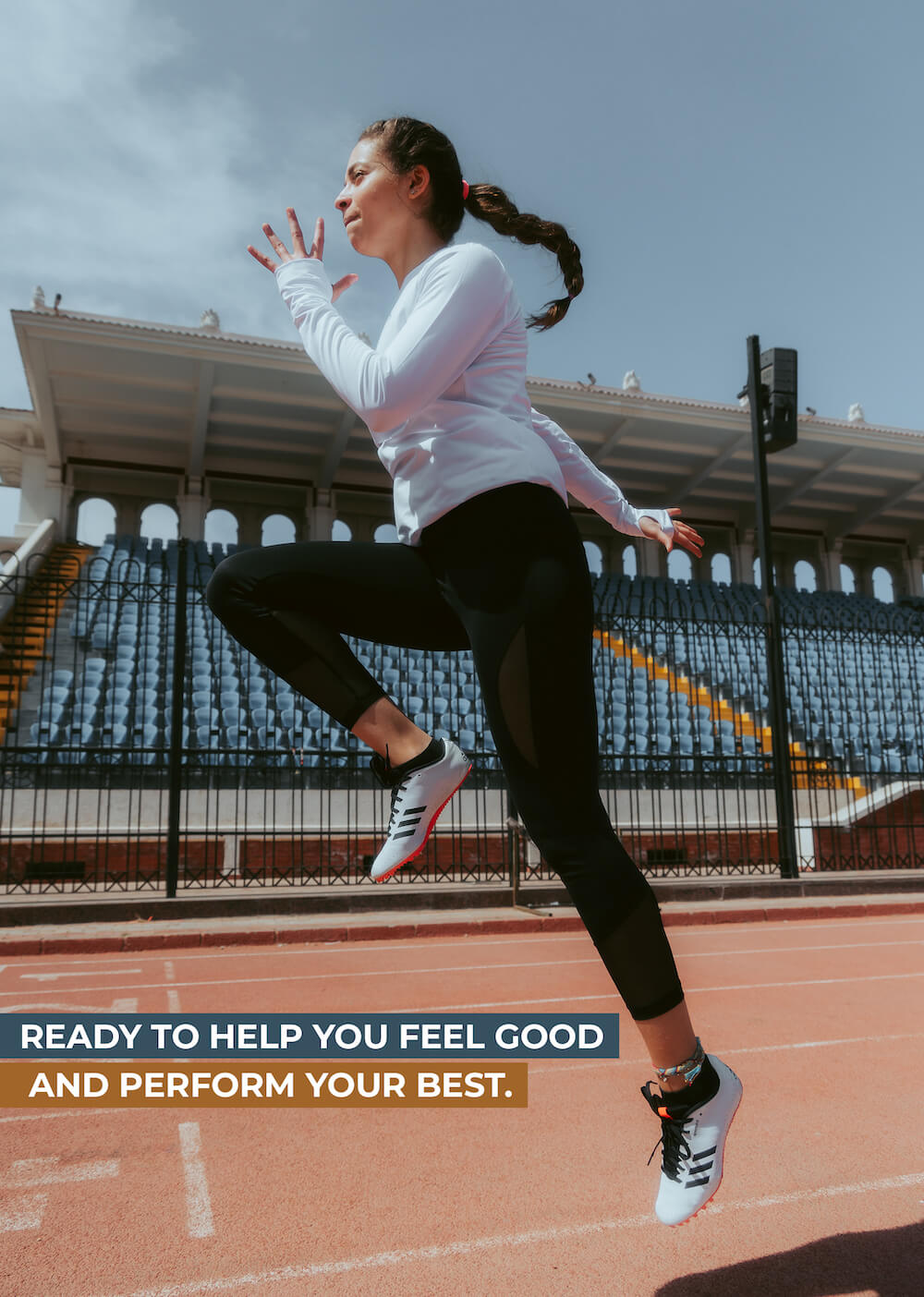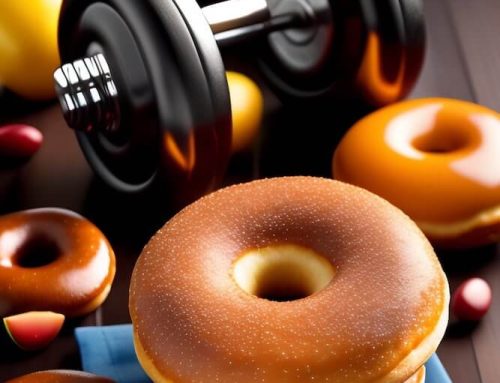
Latest Videos
The health of your mind and body are intrinsically linked. Learn how physical activity can help to prevent and manage stress.
We’ve all experienced times when we feel like we don’t have the resources to cope with the demands placed upon us. Our capacity for mental or emotional pressure is very personal: what can be tolerable or motivating for one person can feel stressful for others.
When something makes us feel threatened or upset, our body’s defences trigger a stress response, leading to uncomfortable physical, mental and emotional sensations. You might notice your heart race and your blood pressure rise. You might struggle to sleep, go off food or comfort eat. If these feelings persist, anxiety or depression may follow.
But there’s a simple and free self-care tool that can help you cope with stress: exercise.
How to Train While Dieting: The Key to Success
A blog about calorie surplus and deficit.
If you’re trying to lose weight, there’s a good chance that you’ve heard of calorie surplus and deficit. In this article, I’ll explain what they are and how they work.
Calorie Surplus
When you eat more calories than your body needs, the excess energy is stored as fat or glycogen in your muscles and liver. This is known as a calorie surplus. If you eat less than your body needs, the excess energy will be stored as fat or glycogen in your muscles and liver. This is known as a calorie deficit
How to Train While Dieting: The Key to Success
If you’re dieting, it’s tempting to cut calories but not exercise. This can have a devastating effect on your weight loss efforts and make it even harder for you to maintain your new lifestyle. The best way to lose weight is to burn more calories than you take in, so if you’re doing this with the help of exercise, then great! But if not, here are some tips on how to train while dieting:
1) Eat More Protein
Protein is essential for your body’s growth and repair processes, so it’s hard not to feel hungry when eating even a small amount of meat or fish. But protein also helps keep hunger at bay by increasing levels of leptin in your blood stream (the hormone that signals satiety). This means that even if you’re not eating much else at meal time, you’ll still feel full until later on in the day when your next meal arrives.
2) Drink Water Instead Of Soda Or Juice
Caffeine increases levels of insulin which can increase fat storage around your abdomen area (also known as “apple-shaped” bodies). So if
The key to success is to train while dieting.
The best way to lose weight is by eating fewer calories than you burn. If you’re trying to lose weight, it’s important to understand why this is so important.
You need to eat fewer calories than you burn in order to lose weight. When your body uses up more energy than it gets from its food intake, it starts burning fat stores as fuel source. The process is called “metabolic rate” and it’s a fairly straightforward concept: The more energy you use up, the less likely you’ll gain weight if your diet doesn’t change.
But what if you want to train while dieting? How do you do that? How do you keep both going at once?
If you’re trying to lose weight, the best way to do it is by eating fewer calories than you burn each day. This can be done by cutting back on carbohydrates and fats, and increasing your intake of protein and fiber.
To lose weight, you have to reduce your daily calorie intake below what your body needs for basic functions like breathing, regulating body temperature and digesting food.
The easiest way to do this is to cut back on high-calorie foods like sugar-laden snacks and desserts that contain no nutritional value. You also need to make sure that you’re getting enough protein in your diet — at least 1 gram per pound of body weight every day — since it helps maintain muscle mass while losing fat.






